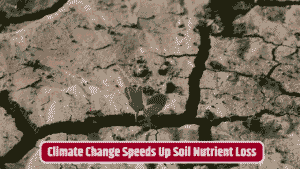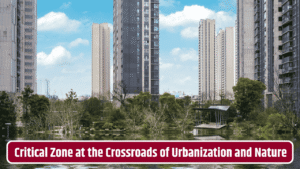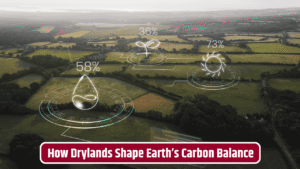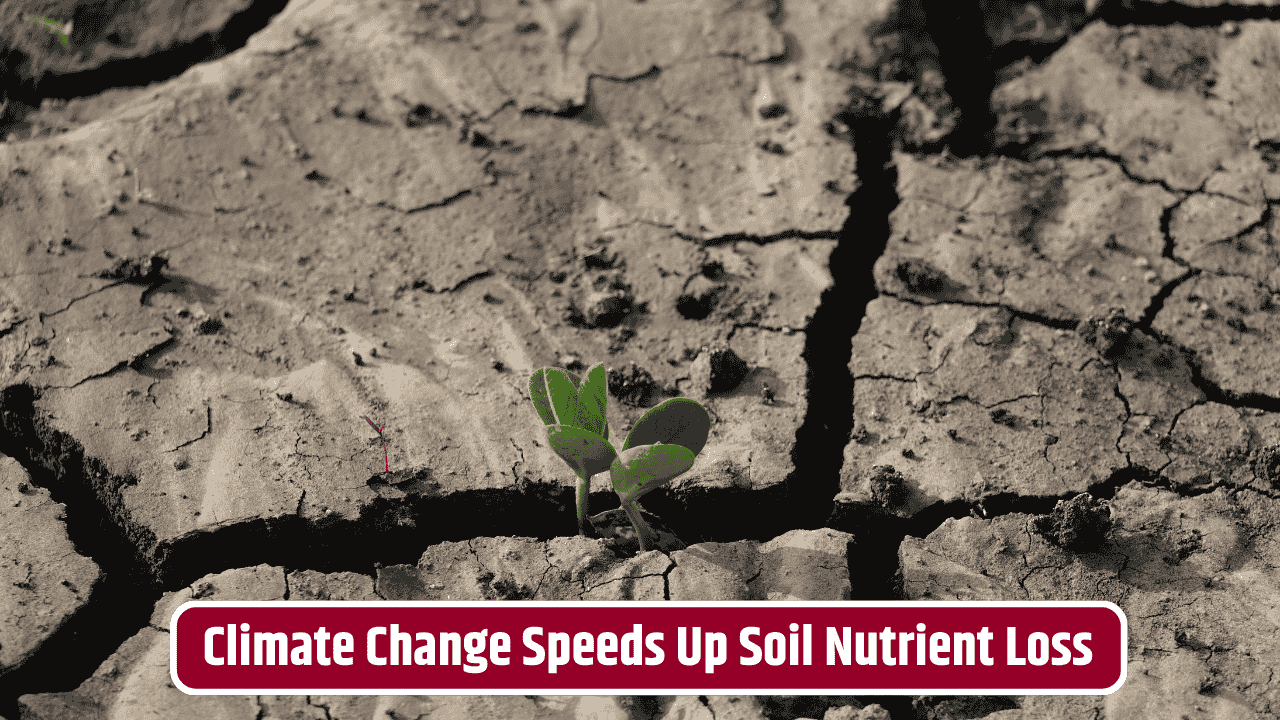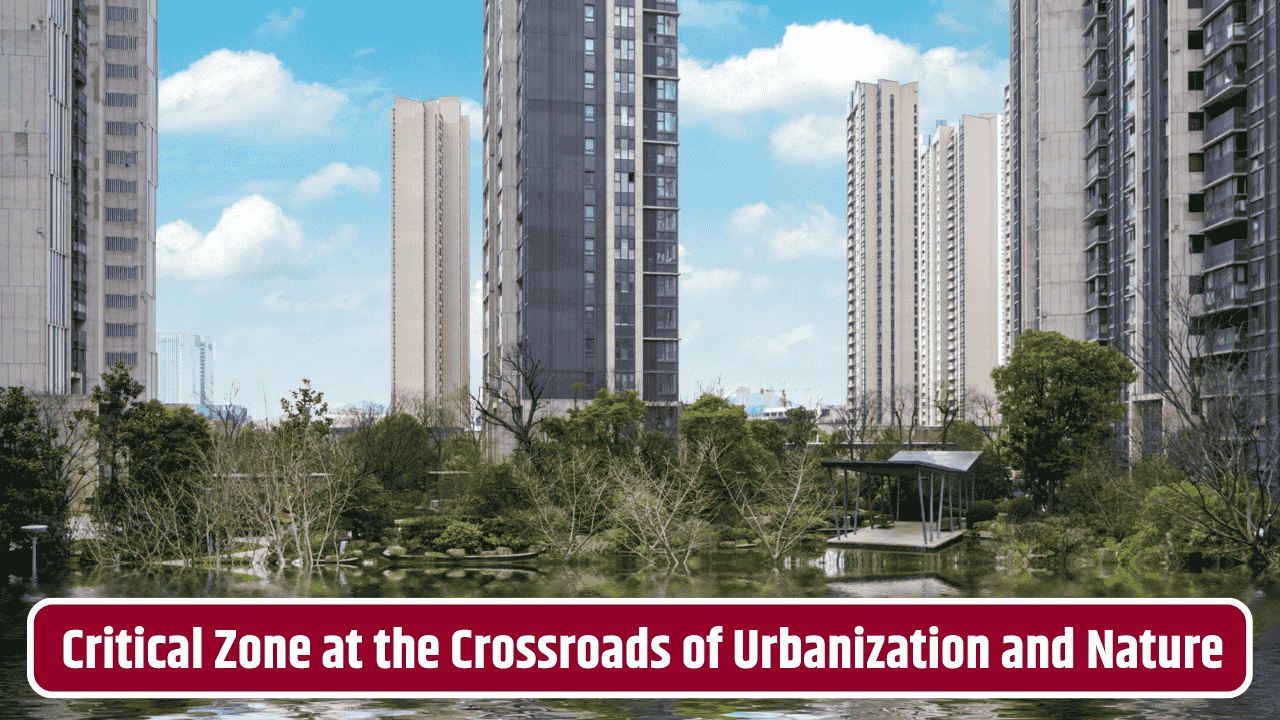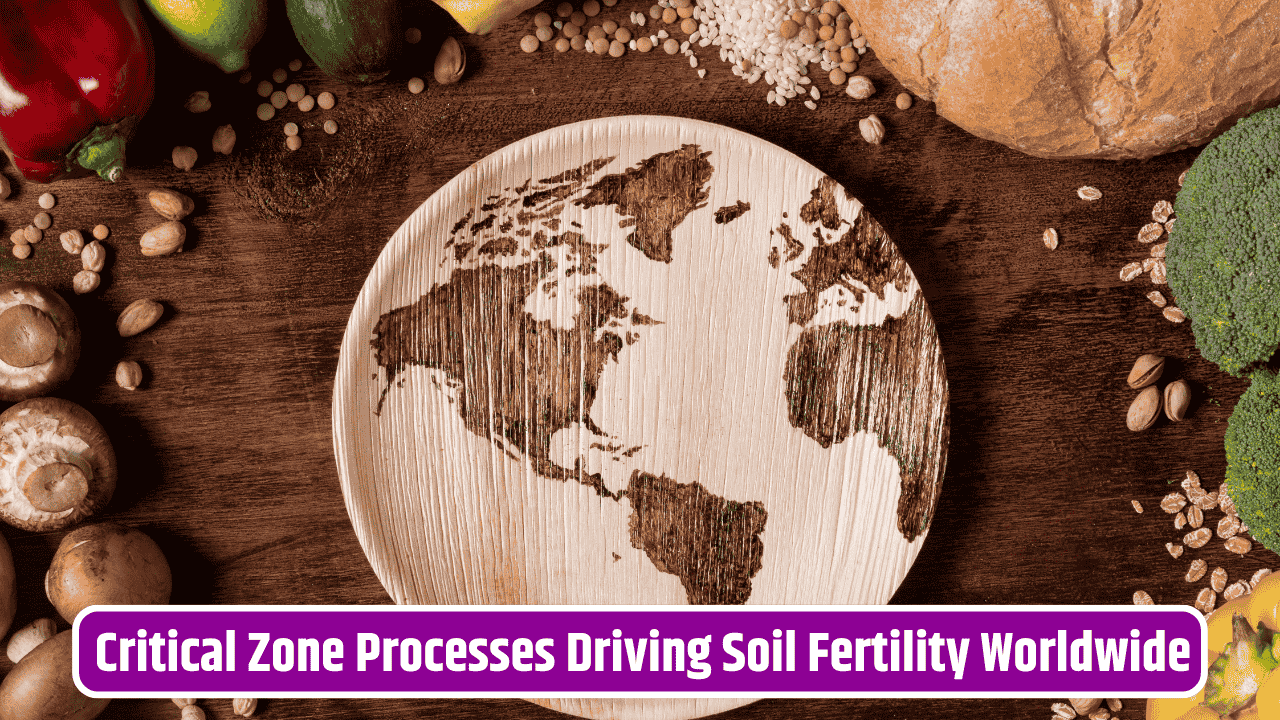It’s easy to forget what lies right under our feet—the thin, fragile layer of soil that pretty much makes life on Earth possible. Farmers, scientists, even kids playing in the backyard might call it “dirt,” but this isn’t just any dirt. It’s the skin of the planet, the foundation for food, forests, and even clean water. And believe it or not, one of the biggest guardians of this vital layer isn’t steel fences or human technology—it’s vegetation. Grass, trees, shrubs, even those stubborn weeds—they all work quietly as frontline defenders of soil.
Table of Contents
Roots: Nature’s Underground Net
If you’ve ever tried pulling up a tuft of grass and felt the tug of stubborn roots, that’s a small taste of the real deal. Roots form an underground mesh that keeps soil from washing or blowing away. Without them, heavy rains or strong winds can strip away fertile topsoil in no time. In fact, according to the U.S. Department of Agriculture, soil erosion is one of the biggest threats to agriculture today, and root systems are a natural shield against it.
Different plants do the job differently. Tall prairie grasses have deep roots that anchor the soil meters down, while trees form wide-reaching networks that stabilize entire slopes. This is why deforestation in places like the Amazon or Southeast Asia often leads to landslides—the roots are gone, and the ground simply can’t hold itself together.
Canopy and Cover: The Rain Umbrella
Rain isn’t always gentle. In storms, each raindrop can hit the soil surface like a tiny hammer, breaking it apart and sending particles downstream. Vegetation acts like an umbrella, catching or slowing those drops before they strike. The leafy canopy intercepts rainfall, and whatever trickles down gets filtered through stems and mulch on the ground.
This is why bare farmland looks so scarred after a downpour, while a forest floor still seems intact. Farmers mimic this effect with cover crops like clover or rye, which shield the soil during off-seasons instead of leaving it exposed.
Temperature Control and Moisture Balance
Plants aren’t just bouncers keeping soil in place—they’re also climate regulators for the ground. Bare soil bakes in the sun, cracking and losing its water quickly. A layer of grass or leaf litter, however, shades the ground and locks in moisture. This balance creates the right conditions for microbes, earthworms, and fungi—the quiet workers that recycle nutrients and keep the soil alive.
Think of it like a well-insulated home. Without vegetation, the “house” of soil gets overheated during the day and freezes at night, stressing everything living inside it. With vegetation, the house stays cozy and stable.
Fighting Carbon Loss and Climate Change
Healthy soil is also one of the planet’s biggest carbon vaults. Vegetation helps seal that vault. Plants capture carbon dioxide through photosynthesis, and their roots push some of that carbon deep into the soil. Disturb the system—say, by over-tilling fields or clear-cutting forests—and that stored carbon escapes back into the atmosphere. According to the U.S. Environmental Protection Agency, soil carbon loss is a major factor in greenhouse gas emissions, making vegetation even more critical in stabilizing climate.
Everyday Examples We Overlook
Ever notice how grass holds together the edges of a roadside ditch? Or how mangroves cling to coastlines, protecting them from storm surges? These aren’t just coincidences. They’re small-scale examples of nature’s engineering. Even urban parks and backyard gardens contribute to stabilizing the soil beneath them, reducing runoff and keeping neighborhoods cooler.
| Role of Vegetation | Impact on Soil & Planet |
|---|---|
| Root Systems | Prevent erosion, anchor soil |
| Canopy Cover | Shields soil from rain impact |
| Moisture Regulation | Maintains soil health & microbes |
| Carbon Storage | Locks carbon underground, fights climate change |
| Biodiversity Support | Creates habitat for soil organisms |
FAQs
Why is vegetation so important for soil stability?
Because roots, leaves, and organic matter all work together to prevent erosion, regulate moisture, and keep soil healthy.
Can farming without vegetation damage soil?
Yes. Practices like monocropping and bare fallows leave soil exposed. That’s why many farmers use cover crops or no-till methods.
Do trees protect against landslides?
Absolutely. Their root systems stabilize slopes, and deforestation is a major factor behind landslide risks in hilly regions.
How does vegetation connect to climate change?
Plants trap carbon in soil, reducing atmospheric CO₂. Destroying vegetation releases that carbon, worsening climate impacts.
Can city greenery help protect soil too?
Yes. Even urban vegetation—parks, gardens, green roofs—reduces runoff, erosion, and heat stress on soil.


